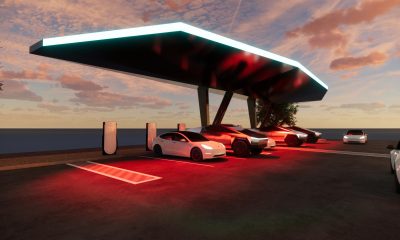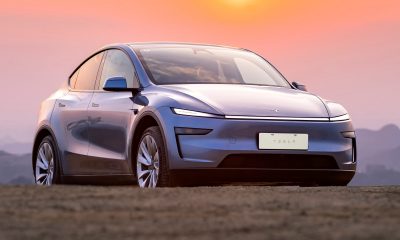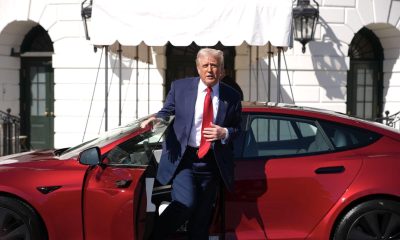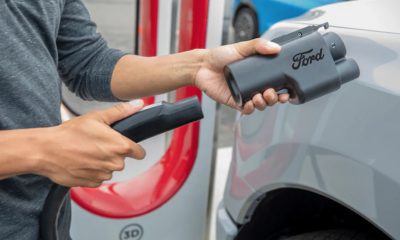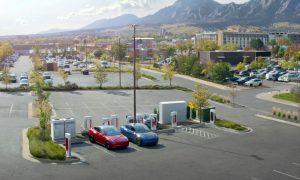News
An inside look at Tesla’s P100D battery pack: more cells, 102 kWh capacity, backwards compatibility in mind
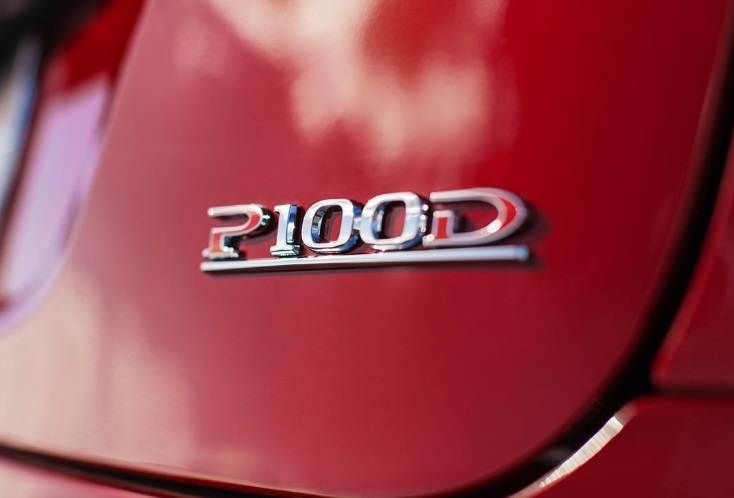
New details of Tesla’s mysterious P100D battery pack, which Tesla CTO JB Straubel once described as having notable changes in battery module and pack technology, and a “complete redo on the cooling architecture”, have emerged thanks to Jason Hughes’s latest project.
Hughes posted photos of a dismantled 100 kWh battery pack, which he obtained through the purchase of a salvaged Tesla P100D, that reveal an increase in the number of 18650 lithium-ion cells being packed within each battery module. Hughes also discovered a surprising increase in battery capacity beyond 100 kWh, and what appears to be a replaceable connector that allows Tesla to retrofit older vehicles with the newer battery pack.
More 18650 Battery Cells
As outlined in Hughes’s blog post, Tesla was able to fit more of its cylindrical 18650 lithium-ion battery cells into each of the 16 modules making up the P100D battery pack. It’s worth noting that Tesla has maintained a relatively similar form factor on battery packs produced for Model S and Model X vehicles since their introduction. Regardless of the vehicle’s model version – be it a P85, a 60, 75D, or 90D – the uniform skateboard design of the battery pack allows for ease of production, as Tesla can manufacture a single-style pack that can be installed across its fleet of vehicles. Under that same notion, Tesla has also been able to create ‘unlockable features’ by software limiting vehicle range depending on the option purchased by the customer. In other words, Tesla installs the same battery pack into like-kind vehicles (e.g. Model S 60 uses the same pack as Model S 75).
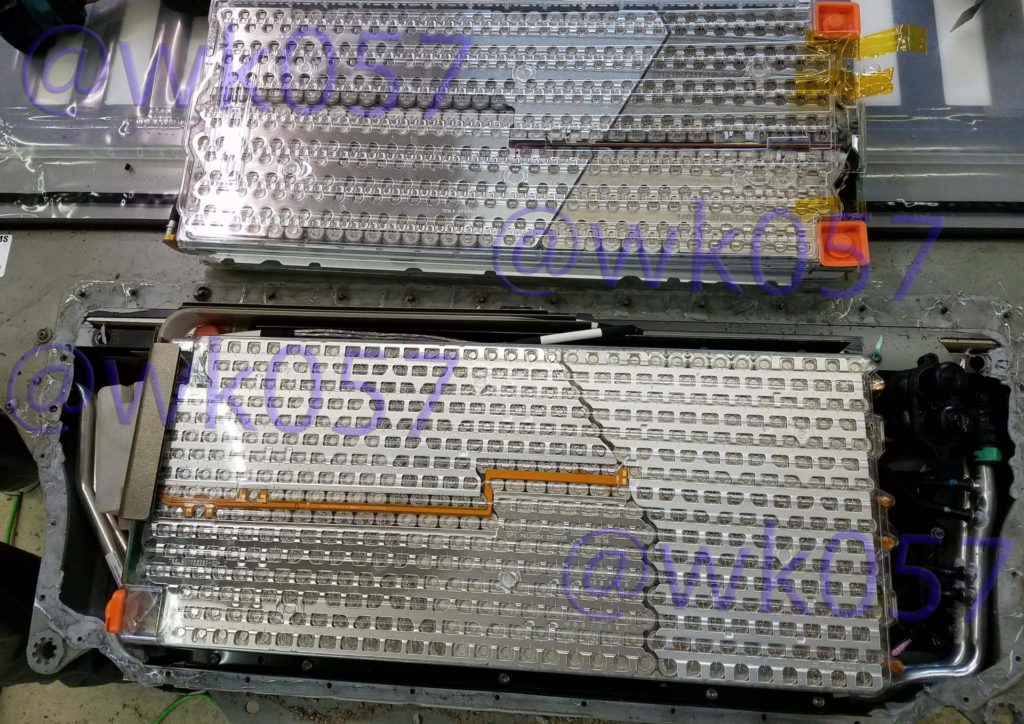
Tesla P85 battery pack module vs. P100D module [Credit: Jason Hughes via @wk057]
Hughes’s dissection of the P100D battery shows that Tesla leveraged the same design concept by distributing a total of 8,256 battery cells across the 16 modules making up the battery pack, bringing total capacity up to the advertised 100 kWh number. However, and much to Hughes’s surprise – he had previously criticized Tesla for providing less battery capacity than what’s perceived by way of the vehicle’s nameplate – Tesla actually provided 102.4 kWh of capacity on the P100D pack, representing a 2.4% increase over what’s marketed.
Backwards Compatible Design
Tesla has also, seemingly, taken into account the ability to retrofit new battery packs onto older vehicles by using the same high and low-voltage connectors across packs. According to Hughes, “the pack itself has the same high-voltage connection, the same low voltages connectors, and the same cooling connector.” However, Hughes notes that there’s subtle changes on the P100D pack that would require a new part in order for it to be retrofittable onto non-P100D vehicles.
“The [P100D] pack has the newer ring around the high-voltage connector. So, it’s plug-and-play (for the most part, firmware and config changes needed) on the Model X and refreshed Model S, however it would require a different spacer ring on the high voltage connector. Tesla even has a part number for it, so it should be pretty simple to put into any Model S/X.” says Hughes.
What about that new P100D battery cooling architecture?
Well. It’s not magic. Tesla did improve battery cooling in the new P100D 100 kWh battery pack. And Tesla did provide a redone architecture, but it isn’t one of mythical proportions.
Hughes reveals Tesla’s approach to improve battery pack cooling was to use shorter and thinner cooling loops per battery module, thereby improving the rate of heat dissipation. Unlike most other electric car makers who do not “prime” their vehicle’s batteries through the use of a thermal management system, Tesla pumps fluid through the battery module to regulate the temperature of its battery pack in order to bring them to optimal operating temperatures. By ensuring the lithium-ion cells operate within ideal temperatures, Tesla is able to provide the best performance possible, while ensuring cell longevity.
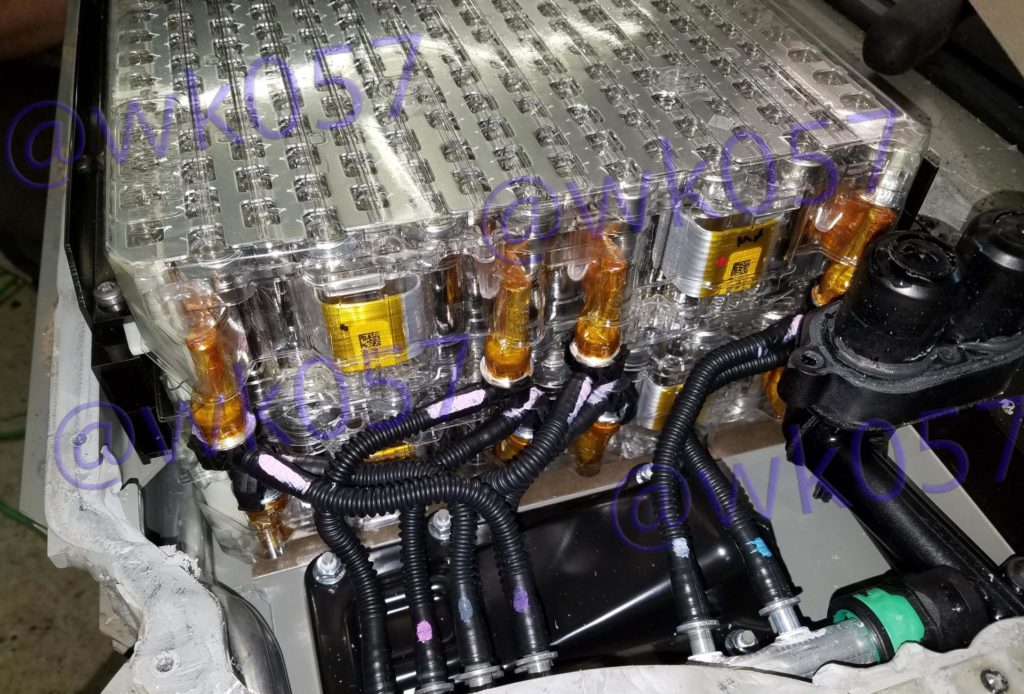
Tesla P100D battery module cooling loops [Credit: Jason Hughes]
Investor's Corner
Tesla (TSLA) Q1 2025 earnings: What to expect
Tesla stock reached as high as $488.54 per share in 2024, though it is trading at around $240 per share as of writing.
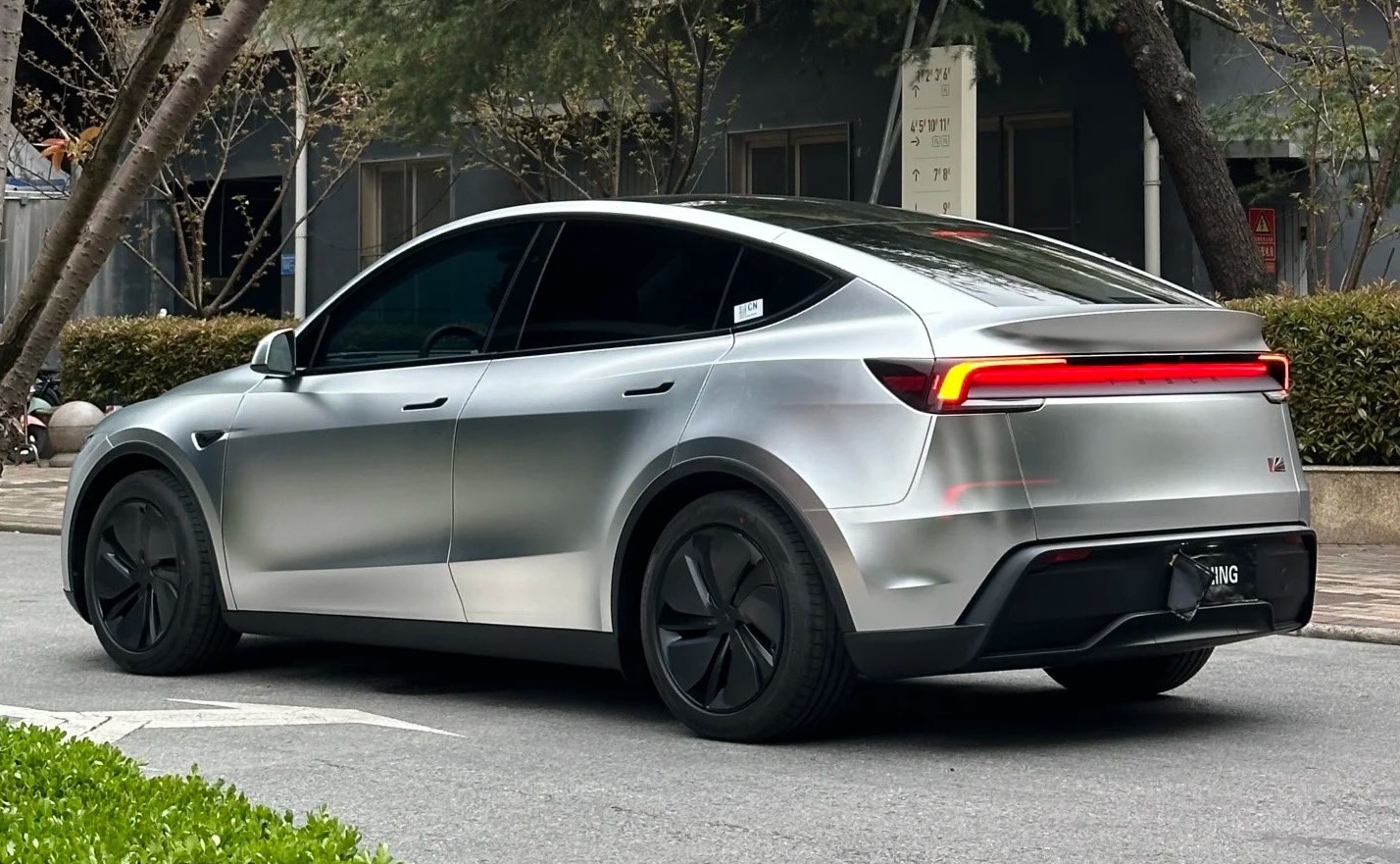
Tesla (NASDAQ:TSLA) is expected to release its first quarter 2025 results after markets close today, April 22, 2025.
At 4:30 p.m. Central Time / 5:30 p.m. Eastern Time, executives such as CEO Elon Musk will also be holding a Company Update and the Q1 2025 earnings call.
Tesla Q1 Deliveries and Production
Tesla missed estimates in the first quarter, with the company delivering a total of 336,681 vehicles worldwide. A total of 362,615 vehicles were also produced during this period.
While the delivery results of Tesla’s electric vehicle business were subpar in Q1 2025, the company’s energy division exhibited strong performance during the quarter, deploying a total of 10.4 GWh worth of energy storage products.
Earnings Estimates
As noted in a Forbes report, expectations are high that Tesla will report a gain of $0.35/share on $21.85 billion in revenue. Whisper numbers, however, reportedly suggest that the electric vehicle maker will only post a gain of $0.31 per share.
Analysts polled by the FactSet, however, expect Tesla to see an EPS of $0.41 per share on revenues of $21.27 billion, as noted in an Investors’ Business Daily report.
Tesla Stock So Far
Tesla stock reached as high as $488.54 per share in 2024, though it is trading at around $240 per share as of writing. Tesla stock has been naturally volatile, however, so it is prone to notable moves depending on its Q1 earnings.
If the numbers are good, Tesla stock could easily gap up, but if they are disappointing, it would not be surprising if TSLA shares gap down.
FSD, New Vehicle Updates
Tesla is expected to launch a dedicated robotaxi service this June in Austin, Texas. The company has also been hinting at more affordable models that will be launched in the first half of 2025. Expectations are high that CEO Elon Musk will share some updates on these projects, particularly the rollout of Tesla’s FSD Unsupervised system.
News
Rivian Boosts AI Strategy with Cohere CEO’s Board Appointment
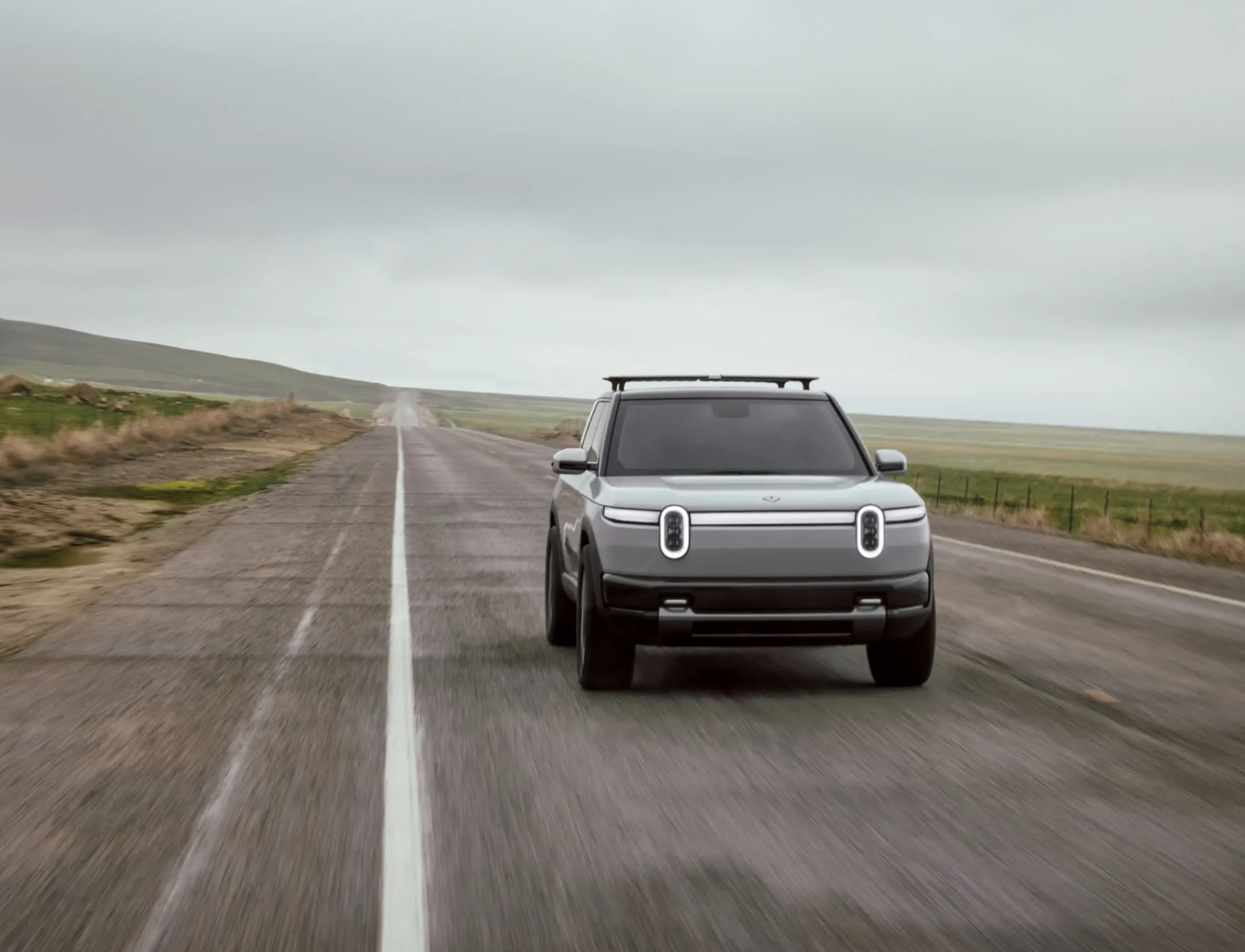
Rivian has strengthened its AI strategy by appointing Aidan Gomez, co-founder and CEO of generative AI startup Cohere, to its board. Gomez’s appointment was announced through a regulatory filing. The move underscores Rivian’s ambition to lead in automotive software and AI-driven autonomy.
Gomez is a data scientist and AI expert. He launched Cohere in 2019, focusing on AI foundation models for enterprises like Oracle and Notion. Gomez will be on Rivian’s board until 2026. His appointment expands Rivian’s board and aligns with the company’s $5.8 billion joint venture with Volkswagen Group to develop software. The venture leverages Rivian’s electrical architecture expertise, licensing intellectual property, and may sell tech to other firms in the future.
Gomez’s expertise is a strategic fit, with CEO RJ Scaringe stating the AI expert’s “thinking and expertise will support Rivian as we integrate new, cutting-edge technologies into our products, services, and manufacturing.”
Rivian’s AI efforts include an AI assistant for its EVs, which has been under development since 2023, according to the automaker’s Chief Software Officer Wassym Bensaid.
“The AI work, which is specifically on the orchestration layer or framework for an AI assistant, sits outside the joint venture with VW,” Bensaid told TechCrunch.
Morgan Stanley analyst Adam Jonas sees Rivian’s value in its AI and autonomy potential, not just its EVs. “We see scope for Rivian to play a more important role in AI-enabled autonomy with potential milestones in 1H25,” Jonas said, highlighting the upcoming period as “consequential to determining Rivian’s place in the autonomous vehicle race.”
Jonas believes Rivian stands out as a non-Tesla, U.S.-based “software-defined” company with a fully integrated, AI-driven autonomous platform fueled by advances in generative AI and large language models.
Gomez’s board role positions Rivian to capitalize on AI innovations, enhancing its software leadership and autonomous vehicle development. As the EV maker navigates its Volkswagen partnership and internal AI projects, Gomez’s expertise could drive breakthroughs, reinforcing Rivian’s dual identity as an EV manufacturer and a tech innovator in a competitive landscape.
News
Tesla Model Y gets five-year, zero-interest financing deal in China
The program was announced by the electric vehicle maker through its official Weibo account.
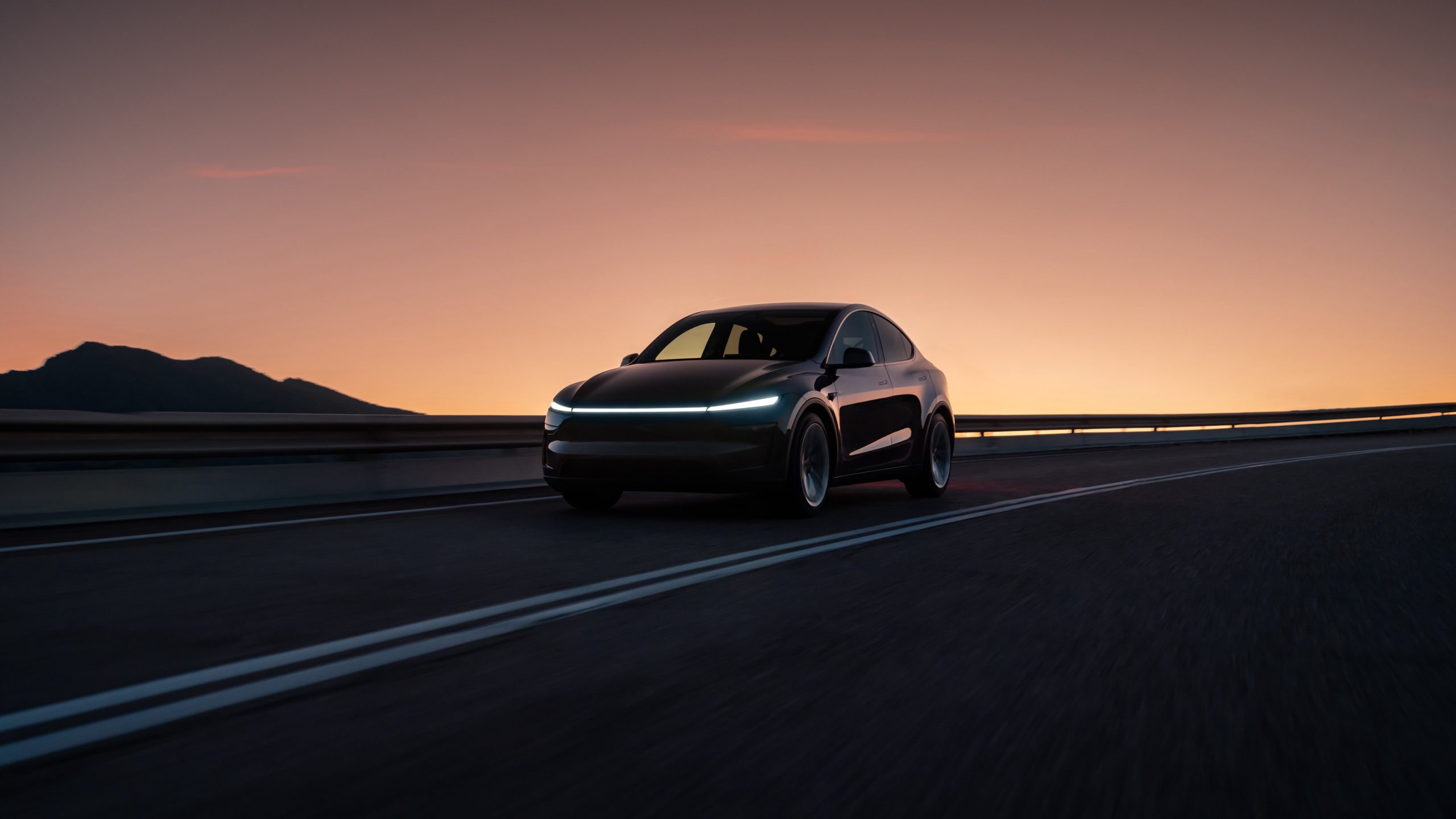
Tesla has launched a five-year, zero-interest financing deal for the new Model Y in China.
The program was announced by the electric vehicle maker through its official Weibo account.
Model Y Financing Program Details
The new five-year, zero-interest financing deal is available through June 30, and it applies to all Model Y variants, the rear-wheel-drive (RWD) and long-range all-wheel-drive (AWD), which start at 263,500 yuan ($36,300) and 313,500 yuan ($42,950), respectively. Buyers can qualify for the program by paying a down payment of as low as 79,900 yuan ($10,950), with monthly payments starting at 3,060 yuan ($420).
It should be noted that prior to the recently announced program, Tesla China had offered a three-year, zero-interest financing deal for the new Model Y RWD and AWD.


New Model Y Sales So Far
Tesla’s new five-year, zero-interest financing program comes amidst heightened competition in China’s electric vehicle sector. For context, the company sold 74,127 vehicles domestically in March, up 18.8% year-over-year, as noted in a CNEV Post report. From this number, the Model Y accounted for 48,189 deliveries.
During the week of April 14-20, Tesla China also saw 6,800 new vehicle registrations, suggesting that Giga Shanghai is focusing on exports this month.
Other Updates And Incentives
Tesla China also extended an 8,000-yuan insurance subsidy for the Model 3 through April 30. A five-year, zero-interest financing program was launched for the all-electric sedan as well. To qualify, buyers would have to pay a down payment of as low as 79,900 yuan ($10,950), with monthly payments starting at 2,460 yuan ($340).
A new Star Diamond Black paint option for both the Model Y and Model 3 was also announced. Delivery times remain steady as well, with the Model Y RWD seeing a 2-4 week wait time and the Model Y Long Range AWD seeing a 3-5 week wait time. The Model 3 is listed with a 1-3 week wait time for all its variants.
-

 News2 weeks ago
News2 weeks agoI took a Tesla new Model Y Demo Drive – Here’s what I learned
-
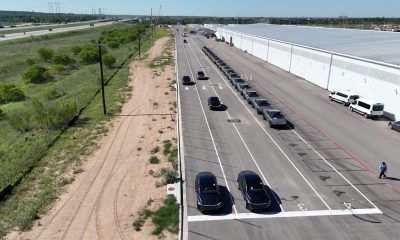
 News2 weeks ago
News2 weeks agoTesla’s Giga Texas vehicles now drive themselves to outbound lot
-
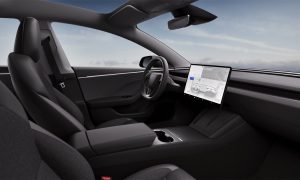
 News2 weeks ago
News2 weeks agoTesla adding new safety features for improved emergency detection
-
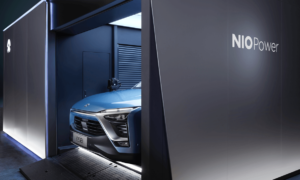
 News2 weeks ago
News2 weeks agoNIO Hong Kong shares rise as CATL eyes stake
-

 News2 weeks ago
News2 weeks agoElon Musk’s X tightens rules on parody accounts
-
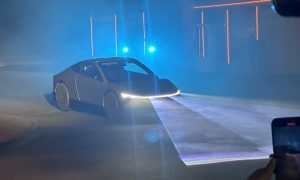
 News2 weeks ago
News2 weeks agoTesla cleared of some claims in Blade Runner lawsuit
-
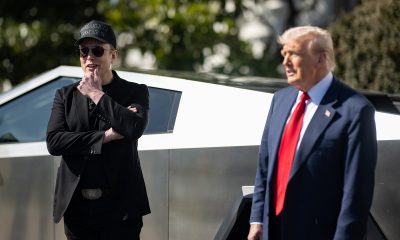
 News2 weeks ago
News2 weeks agoElon Musk reportedly appealed to Trump over aggressive tariff policy: WaPo
-
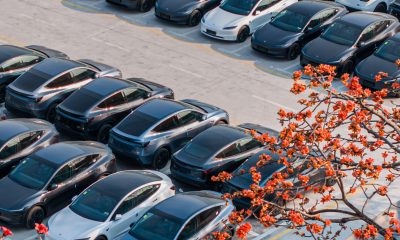
 News2 weeks ago
News2 weeks agoTesla China focuses on exports as Q2 begins




